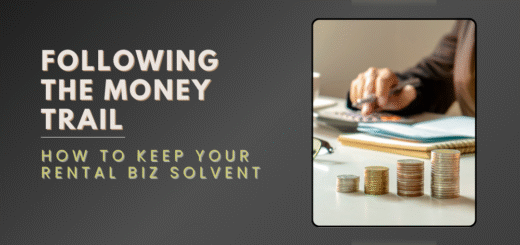How to Build a Strong, Loving Bond with Your Puppy
Bringing home a new puppy is an exciting adventure, but it’s not just about cuddles and playtime—it’s about building trust, respect, and a deep connection that lasts a lifetime. Whether you’ve got a bouncy Labrador or a shy rescue pup, forming that bond takes patience, understanding, and a little know-how. Here’s how to make sure you and your furry friend start off on the right paw.
10 Ways to Connect with Your Puppy
1. Set Up a Cozy Space
Before your pup even steps through the door, create a safe spot just for them. A soft bed, fresh water, a couple of chew toys, and maybe a crate (if you’re using one) will help them settle in. Let them explore at their own pace—no rush. If they’re coming from a breeder or foster home, a blanket with familiar scents can ease the transition.
2. Be Their Safe Place
Puppies get scared—new sounds, strange places, even that weird lamp in the corner can freak them out. Instead of forcing them into stressful situations, stay calm and reassuring. A gentle voice and slow petting can work wonders. Introduce new experiences gradually, always pairing them with treats or praise to build confidence.
3. Patience is Everything
Puppies aren’t perfect. They’ll have accidents, chew your favorite shoes, and forget commands they knew yesterday. That’s normal. Celebrate the small wins and remember—every mistake is just a chance to learn.
4. Put Down Your Phone
Real bonding happens when you’re fully present. Put away distractions and focus on your pup during playtime, training, or just hanging out. They notice when you’re engaged, and that attention makes them feel secure.
5. Learn Their Language
Puppies don’t speak English, but they communicate loud and clear through body language. A tucked tail? Nervous. Ears perked up? Curious. A slow wag? Unsure. The more you understand their signals, the better you can meet their needs.
6. Stick to a Routine
Dogs thrive on predictability. Set regular times for meals, potty breaks, walks, and naps. A consistent schedule helps them feel secure and speeds up training.
7. Meet Their Needs
A happy puppy is a well-cared-for puppy. That means good food, plenty of water, exercise, and lots of love. Watch their energy levels—some pups need more play, others need quiet time.
8. Train with Positivity
Scolding doesn’t build trust—encouragement does. Reward good behavior with treats, praise, or a quick game of tug. They’ll learn faster, and you’ll both enjoy the process.
9. Make It Fun
Bonding shouldn’t feel like a chore. Play games they love, whether it’s fetch, hide-and-seek, or just rolling around on the floor. Laughter and joy strengthen your connection.
10. Be Their Best Friend
At the end of the day, your pup just wants to know you’ve got their back. Show up for them with patience, kindness, and plenty of belly rubs. That’s how lifelong bonds are made.
Why Isn’t the Bond Clicking?
Sometimes, despite your best efforts, the connection feels off. Maybe your pup seems distant, or training isn’t sticking. Instead of frustration, try seeing things from their perspective:
- Are they scared of something in their environment?
- Is their routine inconsistent?
- Are you reacting with anger instead of encouragement?
Puppies respond to energy. If you’re calm, patient, and attentive, they’ll mirror that. If you’re stressed or impatient, they’ll pick up on it.
Spend Quality Time Together
The best way to bond? Just be together.
- Play daily – Even 15 minutes of focused play builds trust.
- Exercise together – Walks and games burn energy and strengthen your connection.
- Socialize gently – Introduce them to new people, places, and dogs at a comfortable pace.
- Keep things calm – A peaceful home helps anxious pups relax.
- Visit the vet early – Positive vet trips now prevent fear later.
Decoding Your Puppy’s Body Language
Puppies speak with their whole bodies. Here’s how to “listen”:
- Tail – High and wagging? Happy. Low and slow? Nervous.
- Ears – Pricked forward = alert. Flattened = scared or submissive.
- Eyes – Soft and squinty? Content. Wide and staring? Tense.
- Posture – Rolling over for belly rubs? Trusting. Cowering? Afraid.
- Play signals – A play bow (front down, butt up) means “Let’s go!”
The more you tune in, the better you’ll understand their moods and needs.
Final Thought: It’s a Two-Way Street
A strong bond isn’t built in a day—it’s earned through patience, consistency, and love. Pay attention, stay positive, and enjoy the journey. Before you know it, you’ll have a loyal, loving companion who trusts you completely.


